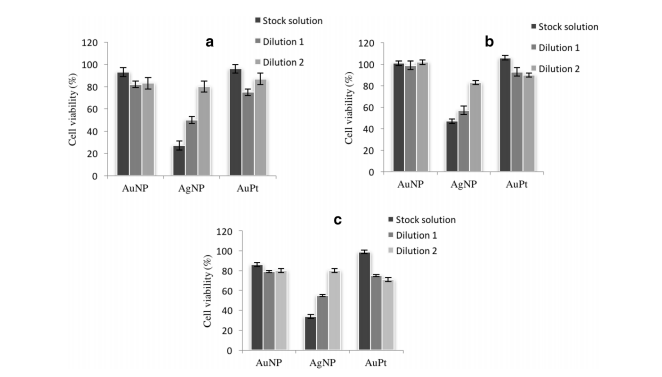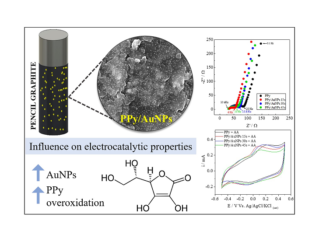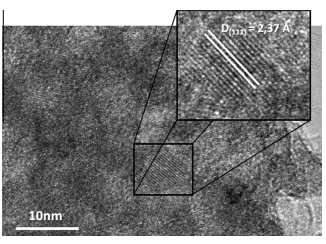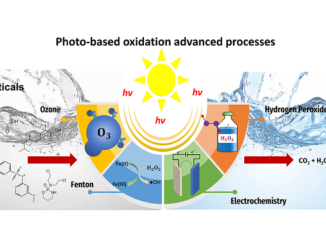
In vivo toxicity and antimicrobial activity of AuPt bimetallic nanoparticles
Abstract: Despite the potential antimicrobial activity of metallic nanoparticles, the increasing concerns about nanosafety have been holding back the use of these materials in therapeutics and biomedical devices. In the last years, several studies called attention to metallic nanoparticles toxicity. In the most part of in vitro studies performed with mammalian cells, metallic NPs reduced cell viability and induced genotoxicity and inflammatory responses. Bimetallic NPs have attracted great attention because they present distinct and even more advanced characteristics when compared to nanoparticles formed by a single metal. Recently, bimetallic NPs have emerged as an alternative to improve the antimicrobial activity of metallic nanoparticles, aiming at the broadening of the action spectrum and the reduction of the toxicity. However, the biocompatibility of bimetallic nanoparticles has been demonstrated only by in vitro studies. In the present work, the toxicity of AuPt nanoparticles was addressed both in vitro and in vivo. In addition, the antimicrobial activity of AuPt bimetallic nanoparticles has been evaluated in comparison with Au and Ag nanoparticles. The nanoparticles were characterized by ultraviolet-visible spectroscopy, dynamic light scattering, transmission electron microscopy, inductively coupled plasma optical emission spectroscopy, and X-ray diffraction. The antimicrobial activity was studied against Candida albicans, Pseudomonas aeruginosa, and Staphylococcus aureus. The toxicity of nanoparticles was evaluated in vitro by analyzing their toxicity against human fibroblast cells (HS68 cell line) and in vivo by embryonic toxicity test in zebrafish (Danio rerio). The results confirmed the intrinsic antimicrobial activity of the three types of nanoparticles but different toxicity. Bimetallic nanoparticles showed enhanced antimicrobial activity in comparison with Au nanoparticles but lower antimicrobial activity compared with Ag nanoparticles. However, AuPt nanoparticles showed great advantage over Ag nanoparticles due to the absence of cytotoxicity and lower toxicity in vivo.
Author(s): Formaggio, DMD; Neto, XAD; Rodrigues, LDA; de Andrade, VM; Nunes, BC; Lopes-Ferreira, M; Ferreira, FG; Wachesk, CC; Camargo, ER; Conceicao, K; Tada, DB
JOURNAL OF NANOPARTICLE RESEARCH
Volume: 21 Published: NOV 2019
DOI: 10.1007/s11051-019-4683-2




